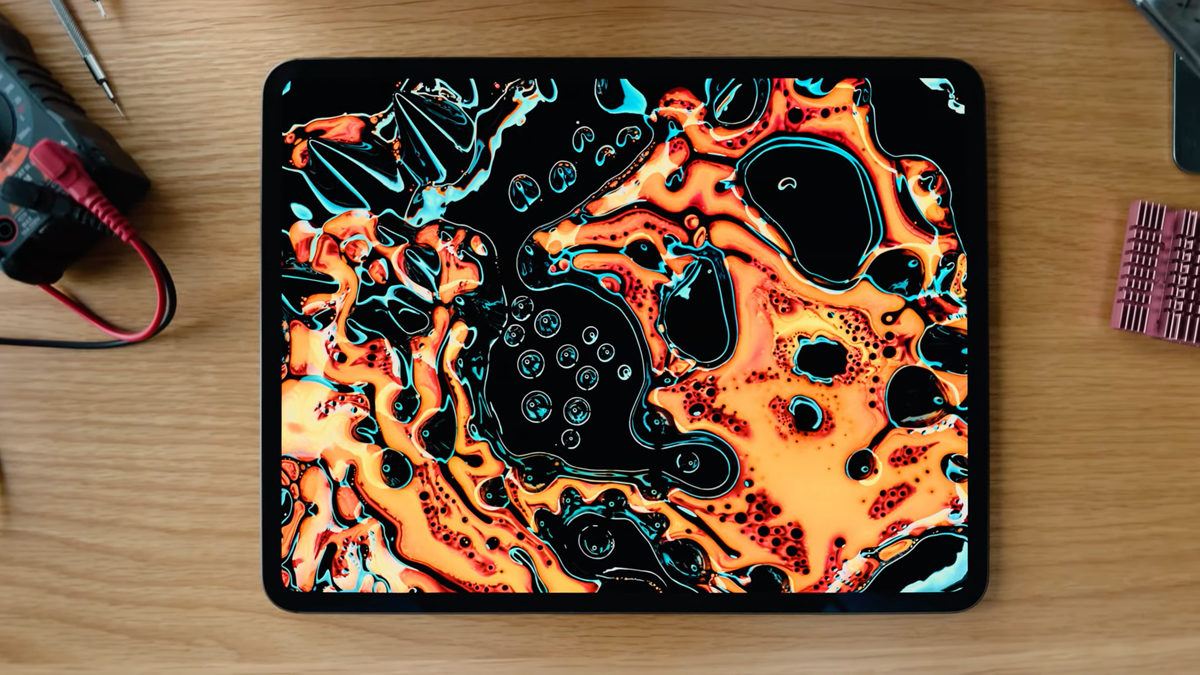Apple's new 2024 iPad Pro now comes with an OLED display for the first time and has received a lot of praise, with our reviewer stating, “as far as tablets go, you won't get a better viewing experience.” But it has not been without its problems, and in recent days a new problem has just arisen. However, it turns out that technically this is not a defect at all.
As reported by MacRumors, iPad Pro users have taken to Reddit and the MacRumors forums to document an issue with their new tablets where the screen produces a grainy appearance in certain situations. At this point, it's difficult to know how widespread the issue is and how Apple will respond, if at all.
According to the posts, the iPad occasionally displays a grainy effect that is more pronounced in dark environments. It seems to be more common when the iPad has the screen brightness set to a low or medium level and when the on-screen content contains gray or dull colors.
That means it only seems to occur in a very specific set of circumstances. It's reminiscent of another issue that arose a few days ago, when iMore's Gerald Lynch noticed a glowing effect when viewing dark blue hues on his iPad Pro, something that TechRadar's own Lance Ulanoff was able to replicate. It's all negative press that Apple would undoubtedly have wanted to avoid.
Defect or peculiarity?
Despite first appearances, it is difficult to know whether the grainy effect is really a defect or simply a consequence of the operation of OLED panels. These displays are known to produce effects like this from time to time, and that could be what's happening here.
For example, the brightness of an OLED display is controlled at the pixel level, and this can cause slight inconsistencies in the brightness of the screen. As with this reported issue, this can manifest as graininess, especially in low lighting conditions.
Similarly, subpixels within OLED displays can vary in their shapes and sizes. This can cause various on-screen effects, including grainy textures.
Ultimately, it's unclear what exactly is causing this issue and a fault may be to blame. Given the high-profile launch of the iPad Pro, we're sure Apple is aware and investigating the issue. If this is a real defect, the company will likely announce something in due time. But if it's just one of the quirks of having an OLED display, iPad Pro users will probably have to live with it.









